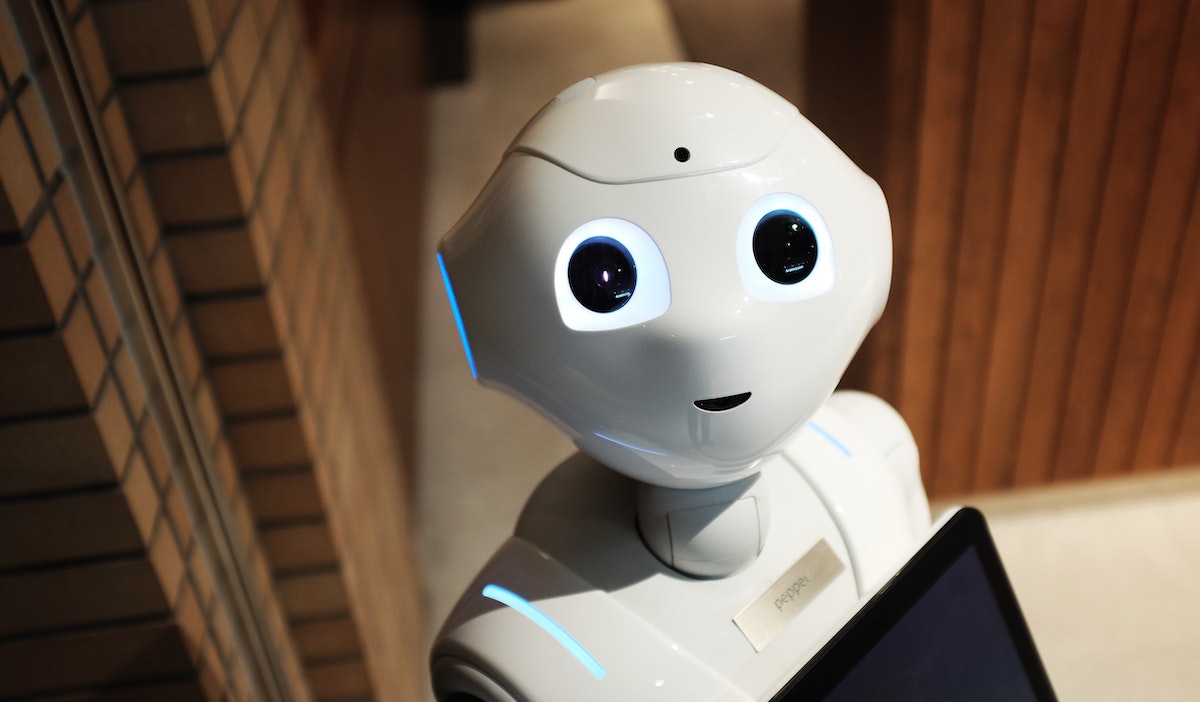
Business priorities in 2022 have all shifted to center around talent. Primarily, finding it. The Great Resignation, or the Great Reshuffle, or the Big Quit — whatever you want to call it — continues to dominate headlines and highlight the ongoing shortage of labor. But companies need to understand that the skewed supply and demand ratio for talent is here to stay. One study even predicts a global human talent shortage of 85 million workers by 2030.
Despite this trend seeming to look like old news at this point, many organizations’ hiring programs were still completely caught off guard over the last year. In a report by Hiretual, 61% of recruiters said sourcing talent was their biggest challenge in 2021. At the end of 2020, when asked about their biggest anticipated concern, sourcing talent didn’t even make it to the top three.
That same report found the second and third biggest challenges for recruiters surveyed went to candidate engagement and employer competition, respectively. Again, when recruiters were asked the same question the year before, neither of these obstacles was high on the list.
What these responses signal is a shift in priority from inbound to outbound recruiting. That is, rather than relying on workers to go out and find jobs, companies are now having to sell available jobs to workers — and doing so at scale is proving difficult. While companies and recruiters may be beginning to understand this, the amount of LinkedIn posts we’re still seeing from leaders exclaiming, “We’re Hiring!” — expecting qualified prospects to go out of their way and click through to a boring careers page — shows not many have adapted to compete.
As organizations around the world refine strategies for the future, now is the time to commit to growth, and adapt to achieve it. Companies that do will stand to benefit from a final post-pandemic jolt to productivity, setting themselves up for a more sustainable future. But with more jobs available than there are workers to do them, those that fail to change their recruiting strategy will see their workforce — and success — atrophy.
Getting More Human With AI
The pressure is on for talent acquisition, but changing priorities brought on by the pandemic will require recruiters to do more than fill jobs. Going forward, recruiters must offer opportunities that meet heightened needs from talent (such as more inclusive cultures and more flexible work schedules) and align with refined company objectives (like scaling skill sets and leading product innovation).
To do that effectively, recruiters need to be able to spend more time doing the more human aspects of the job, to provide a better experience to candidates, and better qualify talent for the needs of the business — now and for the future.
If 2021 investment data is any indication, talent acquisition tech stacks are getting reevaluated. In fact, 62% of companies increased their investment in talent acquisition technology last year, according to Aptitude Research. Because something has to give, more companies than ever before will look to AI recruitment technologies to give themselves a competitive advantage. Here are a few ways AI will help companies address key recruiting challenges in 2022.
Revealing Blind Spots
Not all talent is accessible in the same places, and many recruiters are looking for candidates with too narrow of a view into the available talent pool. Usually limited by a handful of disparate job boards, with limited search functionality or candidate profile visibility, talent acquisition pros end up missing access to a large share of qualified talent.
AI recruiting tools will broaden the scope of available talent. By pulling candidate profile data from multiple talent pools, hiring teams can access significantly more of the total talent population and search from a single source. Some platforms are approaching access to almost a billion candidates. Companies that need to scale growth will have more options, and more opportunities to hire.
In addition, AI will help recruiting teams remove limitations to how they find talent by mitigating unconscious bias from the process to make more equitable hiring decisions. This works by automatically matching candidates based on the skills relevancy of what a recruiter is looking for, rather than focusing on any other candidate’s features. For example, blind searches can be conducted to remove attributes like gender or race, or even education, to help remove bias and lack of diversity in the hiring process.
By managing diversity in the outbound phase of the recruiting process — as opposed to scrubbing data in ATSs or CRMs — organizations can take a more proactive approach to make equitable hiring decisions.
Meeting the Need for Speed
To reach goals for scale, hiring teams need to shorten the time it takes to bring the right jobs to the right people. With AI, organizations will begin to automate more of the transactional and respective aspects of the hiring process. This will give recruiters more time to focus on building relationships by engaging prospective talent in meaningful ways.
Without the right technology, recruiters will spend less time adding value to the process. Automation will free up the time it takes for recruiters to facilitate communication by removing manual tasks like bulk outreach, scheduling, and managing candidate pipeline data, so they can spend more time consulting with talent to place them in roles that best fit their interests, ambitions, and experience.
Teams leveraging AI will encounter fewer obstacles with potential candidates in misaligned job expectations and broken feedback loops, resulting in faster time to hire and smoother onboarding experiences.
Establishing a Foundation for Growth
For many candidates, contact with a recruiter is the first moment of exposure they have with an organization. That first impression has the potential to create interest by offering the candidate valuable and relevant experience. It also has the potential to diminish the brand in the eye of prospects and their peers.
With the help of AI, organizations will set up hiring teams to showcase their brand to candidates in the best light and build a workforce that better supports company objectives for the long run. By engaging talent with a more inclusive approach, increasing the speed and ease of the hiring process, and broadening the scope of talent they see and consider, only organizations leaning on AI will overcome today’s hiring challenges to build workforces that grow.
Shannon Pritchett is Head of Community at both Hiretual and Evry1 (which she co-founded in 2021).

